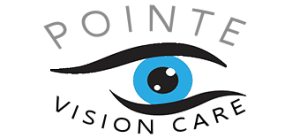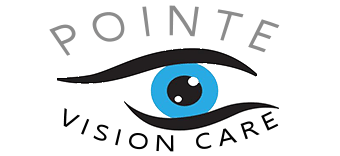Vitamins and Your Eyes
Eye vitamins and multivitamins are similar, but they contain a larger amount of eye-healthy nutrients such as vitamin A, vitamin C, vitamin E, omega-3s, and lutein. Ideally, you should be getting your daily dose of these nutrients from a healthy diet, but eye vitamins are a great way to fill in the nutritional gaps. Here’s a breakdown of some of these vitamins:
Vitamin A is essential for keeping the retina healthy and for producing good quality tears that keep the eyes moist. Vitamin A is sometimes used to treat retinitis pigmentosa, which is a hereditary degeneration of the retina.
Vitamin C is a key component in the formation of collagen, a protein that helps with the formation of the connective tissue in the sclera of the eye. It also helps other vitamins restore themselves to an active state.
Vitamin E is a major player in the body’s antioxidant defense system. It’s found in the lens and retina of the eye and is believed to help prevent cataracts and macular degeneration.
Omega-3 fatty acids may reduce your risk of developing dry-eye syndrome, glaucoma, macular degeneration, and ocular hypertension. Because our bodies can’t produce omega-3s on their own, it’s essential to get these fatty acids through either food or supplements. If you have a blood clotting disorder or are on blood thinning medication, please discuss taking omega-3s as a supplement with your primary care provider first.
Lutein is also found in our retinas, so it’s an important part of healthy vision. Carotenoids like lutein provide you with great antioxidants and may help guard against age-related vision problems, such as cataracts and macular degeneration. Eye vitamins, in particular, have helped slow the effects of deteriorating vision in some people, but there is no guarantee they will help or cure your specific vision condition.
Be smart about your eye health—see your VSP network doctor for a comprehensive eye exam to find out if you’re at risk for developing eye-related diseases and whether or not eye vitamins might be right for you. Consult your doctor before taking eye vitamins if you are currently taking other supplements or medication.
This is a guest blog post by Dr. Walter F. Morton, O.D., lead optometrist at BuckEye Vision Care in Centennial, CO.
Information received through VSP Vision Care channels is for informational purposes only and does not constitute medical advice, medical recommendations, diagnosis or treatment. Always seek the advice of your eye doctor, physician or other qualified health provider with any questions you may have regarding a medical condition.
Article ©2020 Vision Service Plan. All rights reserved. Reproduction other than for one-time personal use is strictly prohibited. This article was originally published at https://www.vsp.com/eyewear-wellness/ask-eye-doctor/eye-vitamins


